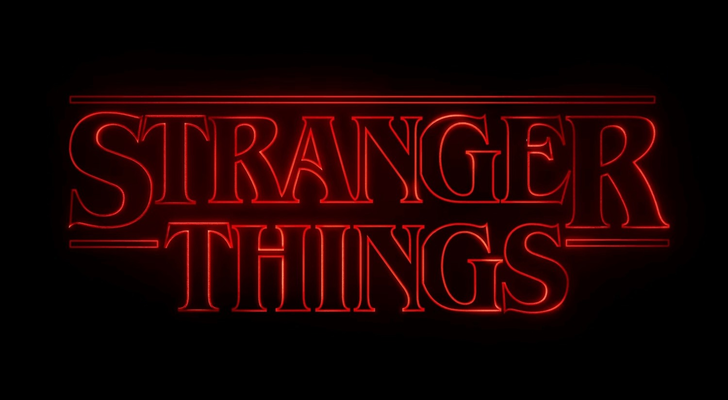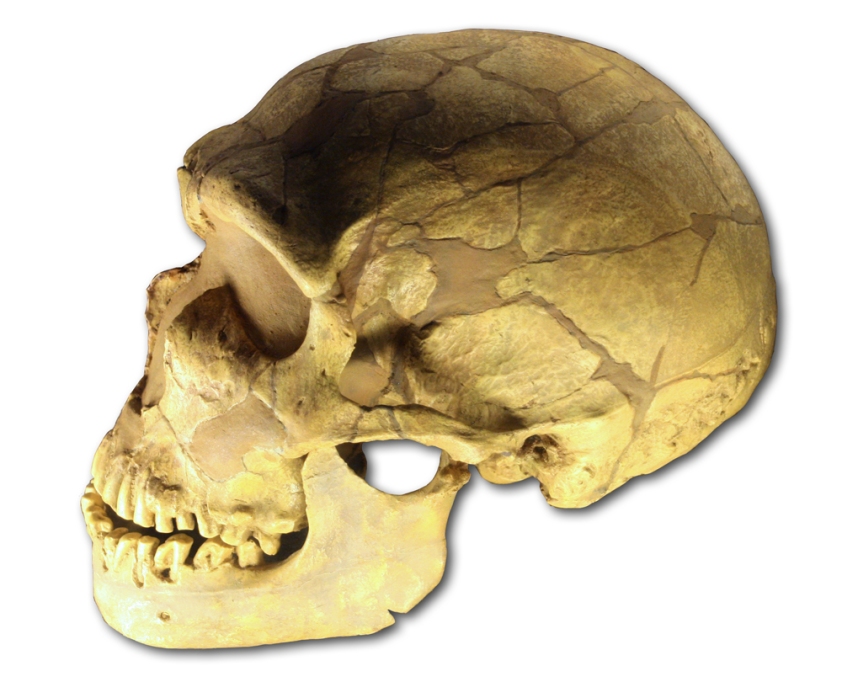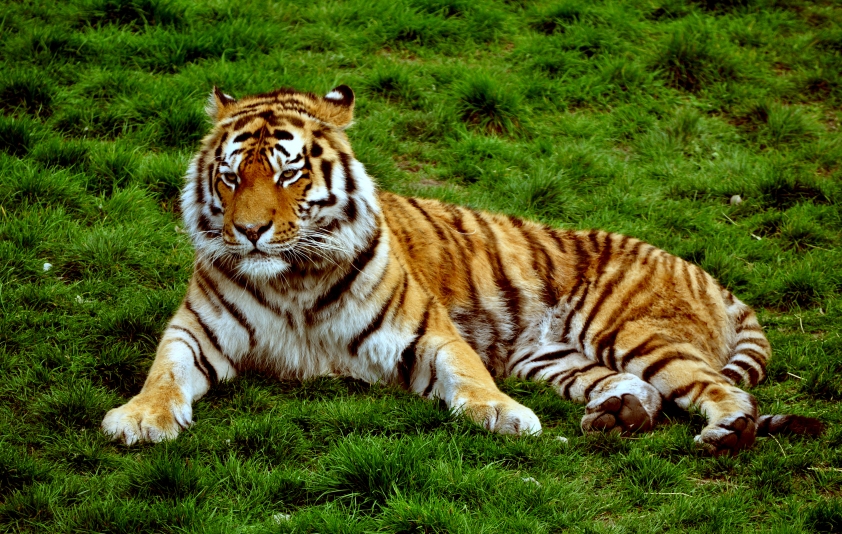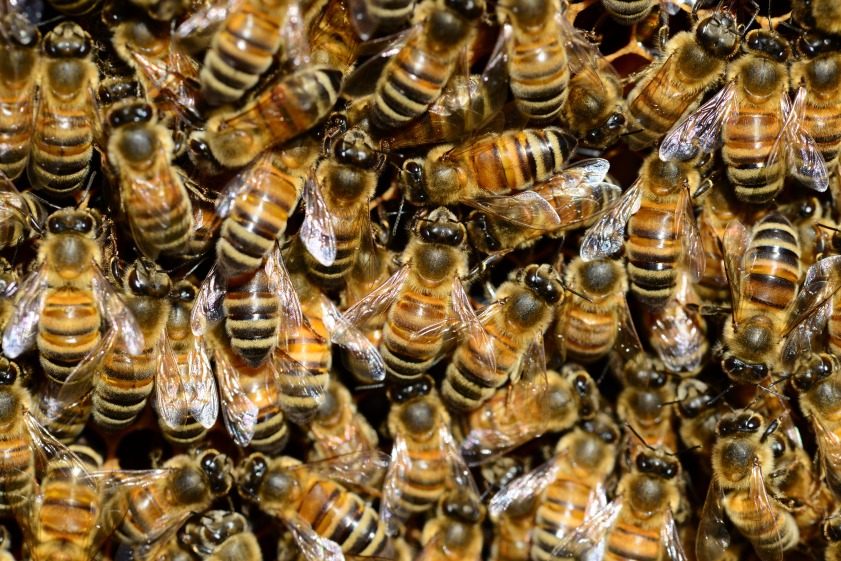Jonathan Cooke
If don’t like Halloween much, with the plethora of ghouls and zombies prowling the streets in search of sweets, be thankful you don’t live in the undergrowth. Many of the creepy tales and monsters we create are nothing compared to the nightmarish ways some organisms live their lives. This Halloween, let’s take a look at the creepy world of the animal kingdom.
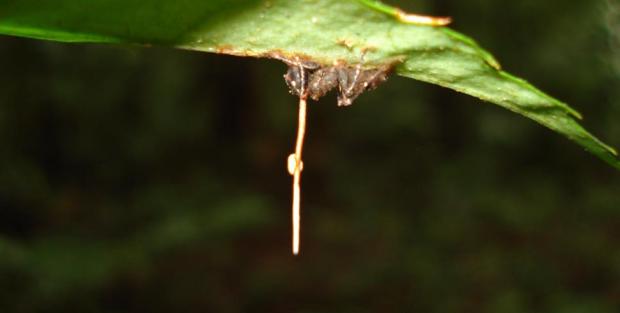
Image Credit: David P. Hughes, Maj-Britt Pontoppidan/Wikimedia Commons
Whilst they may not be crawling out of graves to feast on the brains of the living, some organisms have found a way to use the dead bodies of others for their own ends. Some, such as the fungus, Ophiocordyceps Unilateralis (or cordyceps, for short), hijack living organisms too. Cordyceps infects and controls living ants, forcing them to climb into the canopy and clamp down on the underside of a leaf. There, the fungus sprouts its fruiting body from the back of the ants head; ready to release its spores down onto even more unsuspecting ants.
Other parasites use their host’s bodies against them, increasing their own chance of getting eaten. Take the case of Toxoplasma gondii, a parasite that infects rats, but can only successfully reproduce in cats. Now, the obvious problem is how to get the rat into the cat; rats having a highly evolved sense of predators, deliberately avoiding areas that are heavily populated with cats. T.gondii gets around this by effectively disabling the rats’ fear of cat scent, making them more adventurous and likely to get themselves eaten.
In what is quite a macabre display, the bone house wasp has an interesting taste in interior design. Like many of its parasitoid wasp brethren, this wasp gives its young a tasty snack to munch on as they develop from larvae. The only caveat is that their prey is still typically alive whilst they are being eaten. If you are unlucky enough to be the chosen baby-snack, the wasp will typically inject you with a heavy dose of neurotoxin to paralyse, but not kill, you. They will then drag you back to their nest and lay several eggs inside you, which will then hatch and consume you from the inside out.
Not exactly a glamorous fate, but this is where the bone house wasp takes it to a bit of an extreme. See, the mother isn’t exactly attentive, rather leaving her young to their own devices once she’s finished laying. This does raise the risk of her young getting eaten, and she didn’t go through the hassle of dragging a tarantula home for that to happen. Instead, mother wasp goes and rounds up a bunch of ants and meshes their corpses together to line the entrance of the nest. As she typically selects the soldier ants of aggressive species to be part of her avant garde wallpaper, its speculated the pheromones given off by the ants dissuades potential predators from looking in the nest for a snack.
Vampires are usually a low-key costume for those of us who haven’t had time to build a fully functioning Iron Man suit, but some organisms have become highly specialised blood drinkers. The main problem with blood drinking (also known as Hematophagy) is the high levels of iron found within it. In such quantities, blood is actually highly toxic, unless you have the mechanisms to cope with it. In vampire bats, for example, a specialised tract has evolved in the digestive system to filter out any excess iron.
Unlike Dracula however, these bats typically feast on large, bovine species and tend not to kill their food source, only drinking what they need to survive. Human bloodsuckers are more miniature, and are a lot more deadly. Mosquitoes are the bane of many peoples summer holidays, and for good reason. Whilst the males of the most species exclusively feed on pollen; the females are blood-suckers, and can’t even lay eggs unless they have sufficiently gorged themselves.
The problem with mosquitoes is that they are excellent vectors for all sorts of horrible diseases. Malaria, dengue fever, HIV: all of these are transmitted by mosquitoes, delivered straight into our bloodstreams due to their dietary habits.
Much like the grim reaper, some animals have entered our folklore as harbingers of death. The aptly named deathwatch beetle acquired its name thanks to its feeding habits as a larva. In the past, people would tend to die at home, with loved ones watching over them. In this silence, many would hear a tapping noise coming from the walls and suspect the dead were coming to collect their family member. In reality, this tapping noise was caused by the larvae of the deathwatch beetles, chewing through the wooden walls, which doesn’t exactly sound reassuring.
On the 31st October, we humans like to embrace our spooky side, going out of our way to scare ourselves with stories of monsters and ghosts. However, this Halloween consider this: the natural world is much darker, and much scarier, than anything we could dream up.
Happy Halloween.


